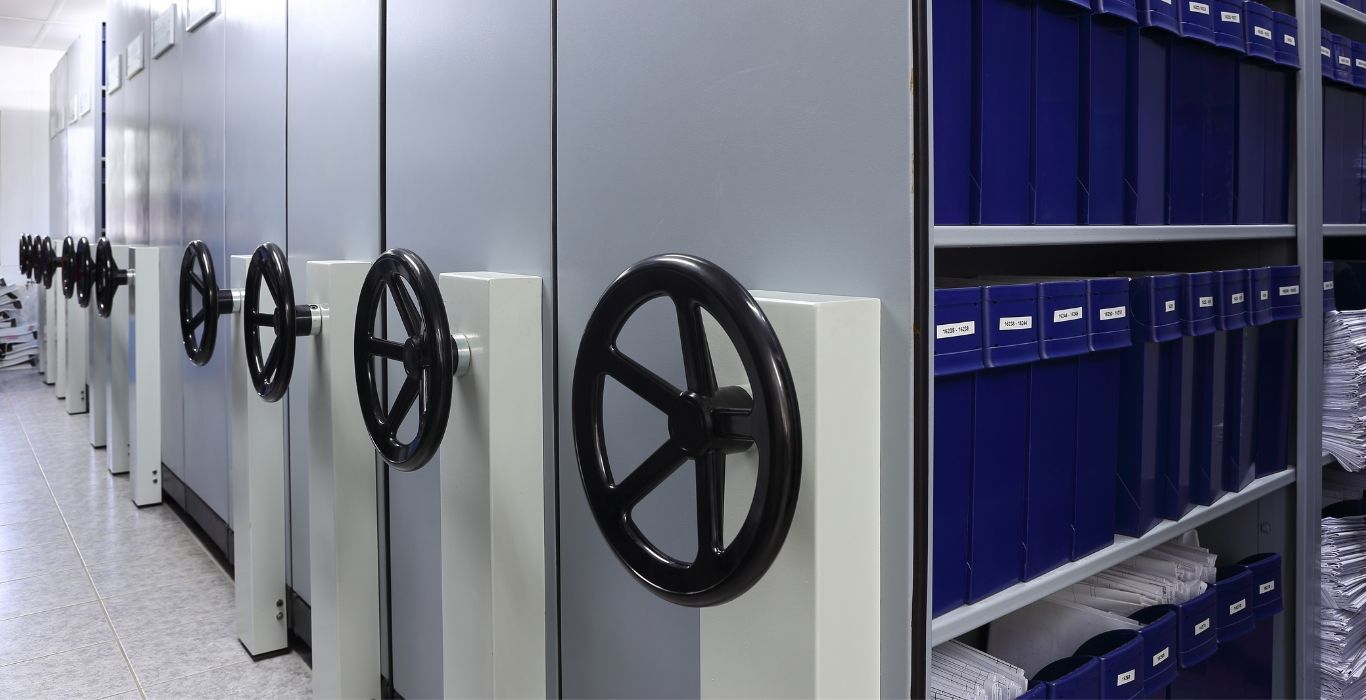Solar energy is one of the topics many people and businesses have become interested in over the years. Due to this trend of increasing sustainable energy sources, the demand for solar panels increases, and various forms appear in the market. Among the most commonly available are the monocrystalline and polycrystalline types of solar panels. I will compare the two below, guiding you in selecting the right solar panels for your needs.
Introduction to Solar Panels
Within the last decades, solar panels have proved to be the well-known products and relatively inexpensive sources for producing electricity. Solar panels possess PV cells that will convert light from the sun into electricity. Generally, there are two types of solar panels – monocrystalline and polycrystalline.
What Are Monocrystalline Solar Panels?
Monocrystalline panels are from a single, large crystal of silicon. This would make the panel more efficient and can therefore produce more electricity per square foot. Monocrystalline usually lasts longer than polycrystalline, and they are also more resistant to breakage and cracks.
What Are Polycrystalline Solar Panels?
Polycrystalline solar panels are made from many smaller crystals of silicon fused. This produces a less effective board than the monocrystalline board but at a lower cost. Polycrystalline solar panel boards are less durable and have a shorter service life than the monocrystalline board.
Key Differences Between Monocrystalline and Polycrystalline Panels
The most important differences between a monocrystalline and a polycrystalline solar panel are summarized below.
Efficiency
Another fundamental difference between the two types of panels is monocrystalline and polycrystalline panels in terms of efficiency. Normally, monocrystalline panels have a rating between 15% and 22%, thus they convert more sunlight into electricity compared to polycrystalline panels. Polycrystalline panels, on the other hand, normally fall between 13% and 16%. Monocrystalline panels are the best if you have little roof space and intend to maximize your energy output.
Space Requirements
Because monocrystalline panels are efficient, they will always use less space to produce the same amount of electricity as polycrystalline panels. This is especially important for those using rooftop solar solutions in an urban area where the availability of roof space may be a concern. If you have ample space, you can also consider polycrystalline panels an affordable option for your budget.
Cost
Another factor is the cost, which determines the suitability of monocrystalline or polycrystalline solar panels. Monocrystalline-based panels are pricier because they have higher efficiencies than polycrystalline-based panels. The cost of production is comparatively high for monocrystalline-based panels. Polycrystalline panels are relatively cheap, hence a great deal for those on a shoestring budget. This, however, should not make one forget the long-term savings through energy bills by investing in more efficient panels.
Temperature Sensitivity
Both types of panels vary in how they perform under temperature conditions. Typically, monocrystalline panels work better at high temperatures than polycrystalline panels. This means monocrystalline panels can produce more electricity during sunny, hot days than their polycrystalline counterparts. Thus, it’s best to use monocrystalline panels when places have typically high temperatures since one would get more energy from them.
Durability and Lifespan
Durability is one of the major factors in a solar panel’s overall performance. Monocrystalline panels have longer lifespans, lasting mostly 25 years and much more, and are less susceptible to degrading with time. Many solar panels still hold their efficiency regardless of the duration of use. Polycrystalline panels are more durable than others, but their lifespan is short and also degrades with time. If you, therefore, want to invest in solar energy for a long time, then monocrystalline panels will be the best option.
Aesthetic Appeal
Many homeowners pay attention to how solar panels look when it comes to aesthetics. Most of the monocrystalline panels have a more aesthetic look than other panels. They look black and slim looking which makes them attractive to have most if not all the beautiful aspects. Polycrystalline looks like some kind of optical sight in the view of the material having an irregular blue color. For monocrystalline with the concern of aesthetics, if any such issues can be addressed that way monocrystalline will achieve the maximum satisfaction.
Cost Comparison
When considering the cost of monocrystalline vs. polycrystalline, consider the initial investment and the long-term savings immediately. Monocrystalline panels generally cost a little more upfront, ranging from $1 to $1.50 per watt. Still, their efficiency could pay off the extra dollars through energy savings on electricity bills.
Although polycrystalline panels will cost between $0.80 and $1.20 per watt, which may be more budget-friendly for people installing solar panels for commercial use or residential applications, you will likely not save money in the long run because your electricity bills will be higher due to their lower efficiency.
Performance in Different Conditions
Temperature, sunlight exposure, and shading define solar panel performance. Most monocrystalline panels perform better at low light and high temperatures. This may mean more electricity can be produced during the day despite poor weather conditions.
Besides that, the polycrystalline panel tends to be relatively troublesome when placed in highly warm temperatures and shaded areas with low energy output. If your installation site frequently faces shading or high temperatures, weigh the advantages of using monocrystalline panels.
Durability and Lifespan
Durability and lifespan are two significant concerns when investing in solar panels. Monocrystalline panels normally carry a warranty of approximately 25 years or more, which speaks to their existence and dependability. They also know how to create tough solar panels that withstand extreme weather conditions, including strong winds and hail.
It has a relatively shorter life cycle and typically requires a 10 to 20-year warranty. Regarding durability, it may perform inconsistently over time compared to the monocrystalline panel. Thus, if you need long-term performance, you have to spend more on these panels, or if you are looking for value for money, go for polycrystalline ones.
Choosing the Right Solar Panel for Your Needs
All these factors should be considered when deciding whether to use monocrystalline or polycrystalline solar panels.
- Budget: Do you want the best option? Not so worried about budgeting. Then, you should go for polycrystalline panels. Otherwise, spend money initially and get all the long-term benefits with monocrystalline panels.
- Space Availability: If you have little roof area, monocrystalline panels are better, as they are more efficient than others.
- Climate: When you decide the type of solar panel to install, let its location’s climate be one of the things to consider. A place that receives a great number of hours of sunshine per day and gets hot is far better served with the monocrystalline panels. In a place that feels cold and cloudy, for instance, does not matter, although the monocrystalline panels will perform way better than the other kind.
- Long-term objectives: It is equally important to think in terms of the energy goals you are planning for in the future. If indeed there is going to be a reliance on solar energy, it would make sense to invest more in acquiring monocrystalline panels now.
Conclusion
These monocrystalline and polycrystalline photovoltaic panels each have their pros and cons. By siding with common sense, one can say that a monocrystalline photovoltaic panel would be more efficient, robust, and durable. They perform better in low light, but they do come at a higher price. On the other hand, polycrystalline panels don’t cost much and are not cost-efficient, but they may take up more space and sometimes underperform.
Evaluate your specific requirements and scenario while visiting for a rooftop solar solution or selecting a commercial solar company. And you are aiming at solar power. In that case, it becomes very important to contact a reliable solar panel distributor or solar inverter distributor that will help you make a proper decision.
Let us start with the simple fact that if anyone plans to adapt to solar energy solutions, namely, as in this case, Kesrinandan’s expertise is more than trustable. We have solar products and services that will not only meet all your energy requirements but also please your aesthetic. With our help, you will be capable of making a well-informed decision and making sure that the solar investment will eventually be worthwhile.



